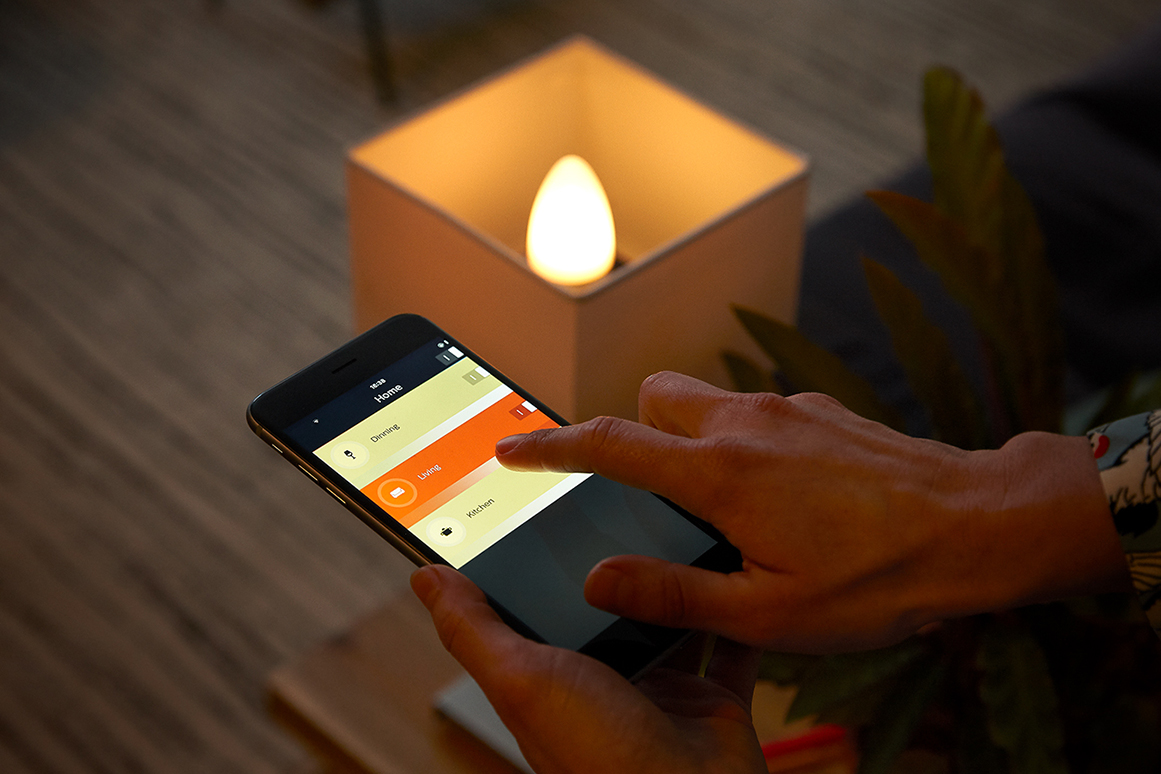
In addition, sustainability factors also play a major role in the use of smart home lighting
- Increased comfort
- Individuality of the lighting design
- Increase in health and well-being
- from home use to commercial use
- High sustainability and energy efficiency.
What exactly are smart lighting systems?
Intelligent lighting systems are characterized by the fact that they react automatically to user requests or changes in the environment and can be optimally adapted to these. Individual lights and lighting applications can be networked and coordinated with each other if required.
The specific options differ depending on which system you use. As a rule, control via app is possible, other systems can also be controlled via voice systems such as Alexa or Siri. You can also define individual and recurring light settings on smart light switches.
Possible settings for smart home lighting
Smart lights have a whole repertoire of practical functions to offer. What exactly these can look like depends on the choice of your system. Most applications can also be expanded with accessories and coupled with other smart home components beyond lighting.
This results in a high degree of customization options, which enables a wide range of uses - both for private use and in companies.
Frequently used applications of smart home lighting include:
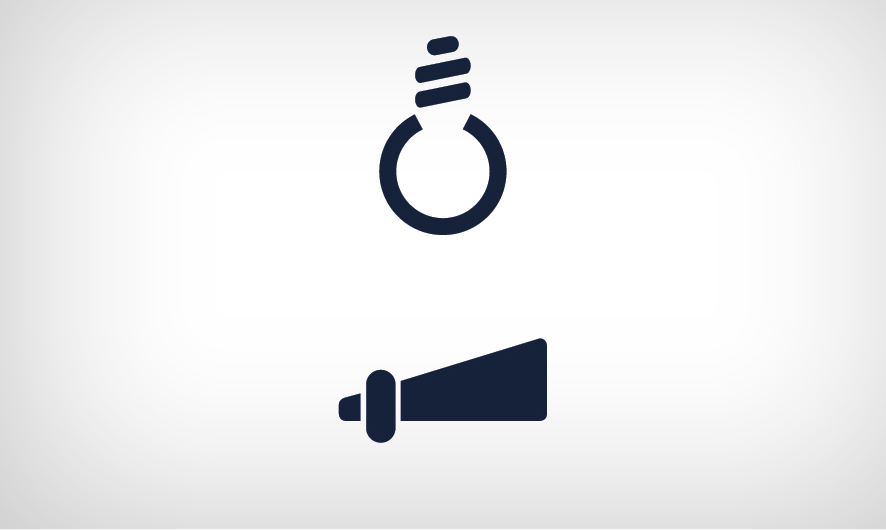
Light intensity/dimming
Regulate the brightness of your lights steplessly and with a smooth transition. You can choose to dim only individual lights or entire groups.
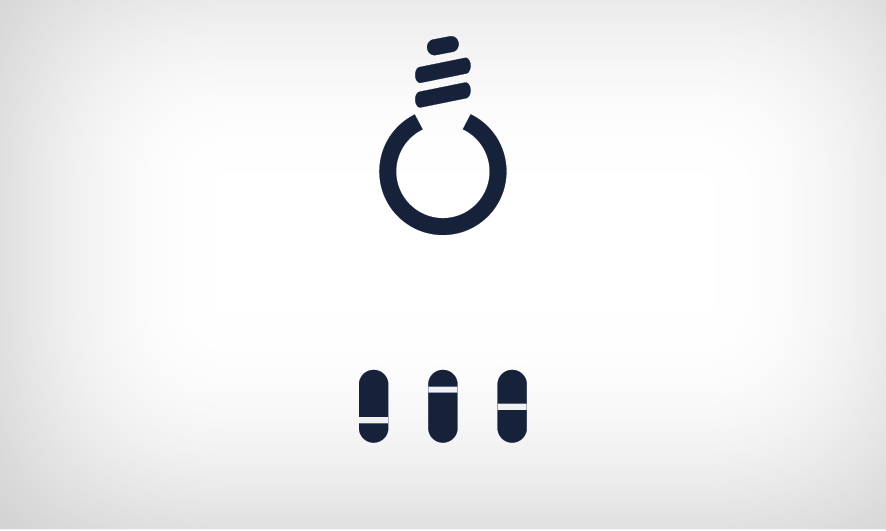
Light color
From warm white to orange: With special bulbs, you can flexibly change the color of your smart lights. Adjust the lighting to suit your mood and bathe the surroundings in your favorite colour.
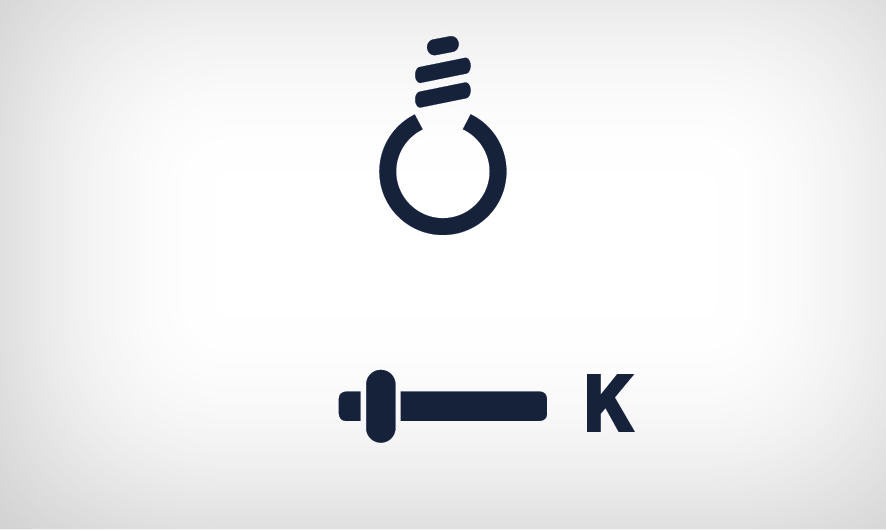
Light temperature
Each color can be assigned a temperature, and shades of white are particularly important in creating mood. Warm light ensures z. B. for a cozy atmosphere, cold light, on the other hand, has a more motivating effect in the work environment.
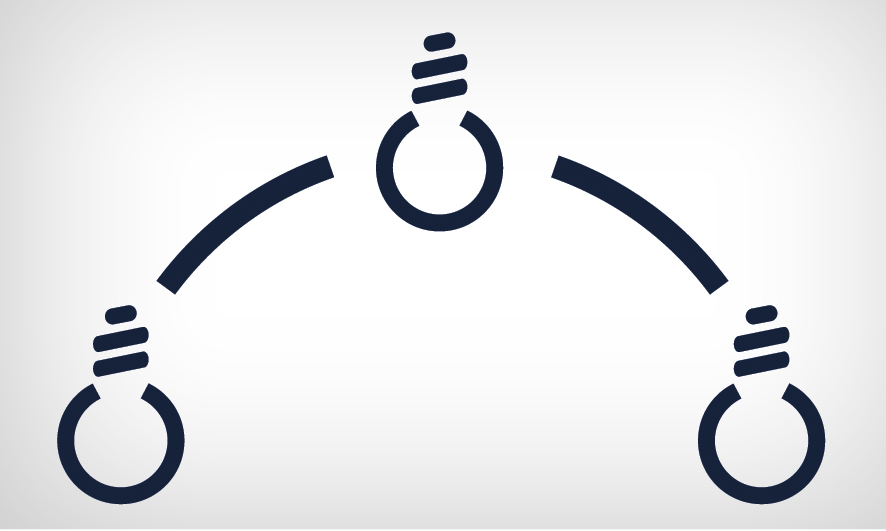
daylight gradient
Let yourself be woken up by a simulated sunrise, even in winter, and be accompanied throughout the day by natural light. Use the natural day-night rhythm to use the day effectively.
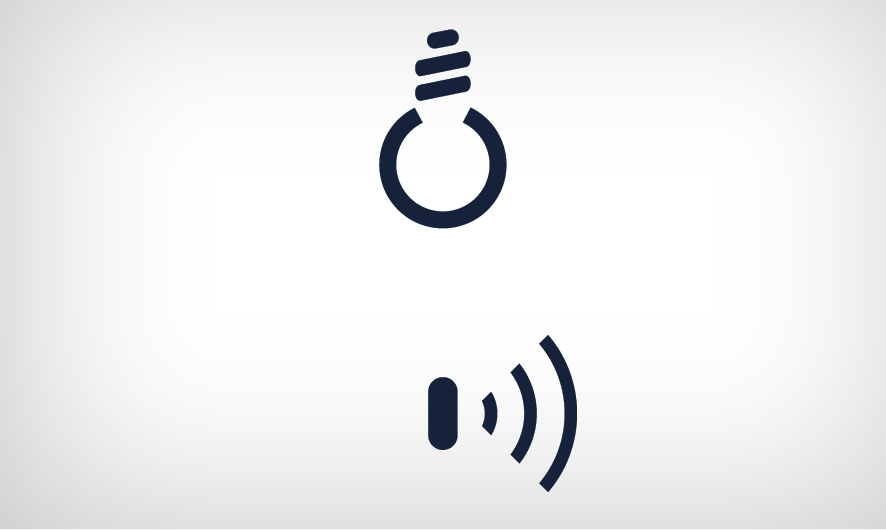
Presence or motion sensor
No more forgetting to turn off the light. Set up your smart home lighting to only react when someone is in the room. Motion sensors can also be used to protect against burglary.
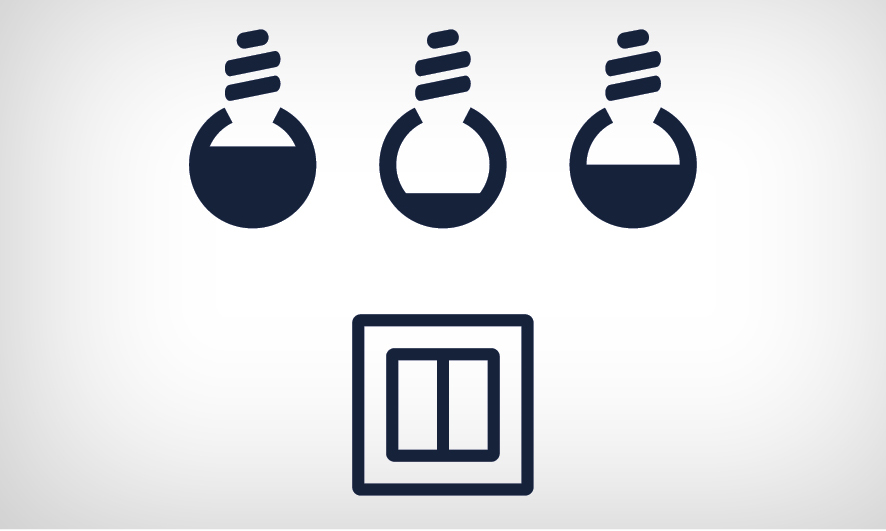
light scenes
Do you prefer bright, cool light while you work, but do you like warm light in a special color in the evening? No matter what your preferences are, with predefined light scenes you can call up your favorite atmosphere at the push of a button.
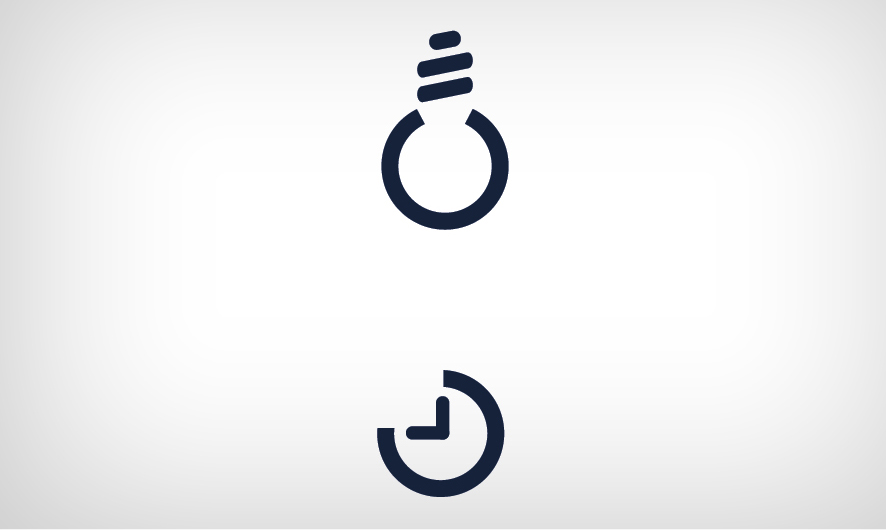
Timer
In everyday life there are many routines that are linked to fixed times. Simply adapt your light to these to make your day even more effective. Whether you prefer light as an alarm clock or want to find your way to your first coffee without tripping.
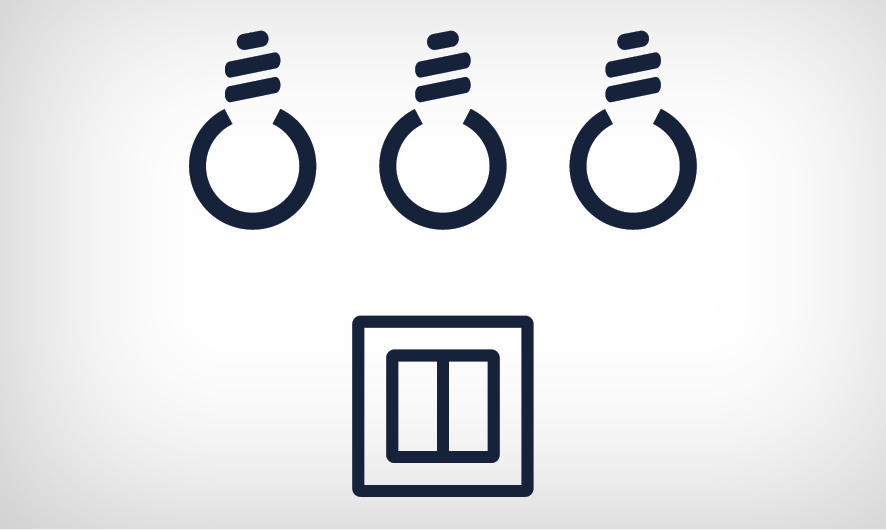
Group function
Match different lamps to each other and create groupings. In this way, you not only control one lamp, but several in parallel.
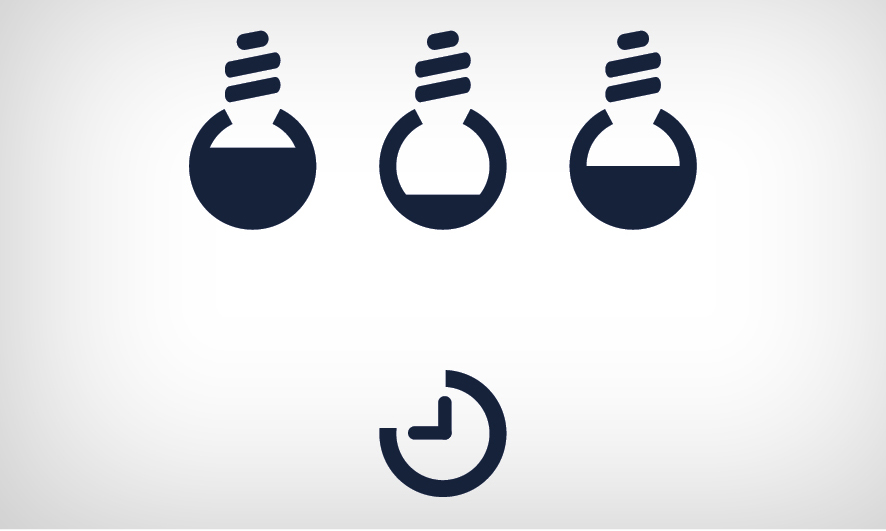
Presence simulation
Smart lighting systems also have a function called presence simulation, which can be activated in the event of absence, thus creating the impression from the outside that the occupants are present. This function can effectively serve as burglary protection.
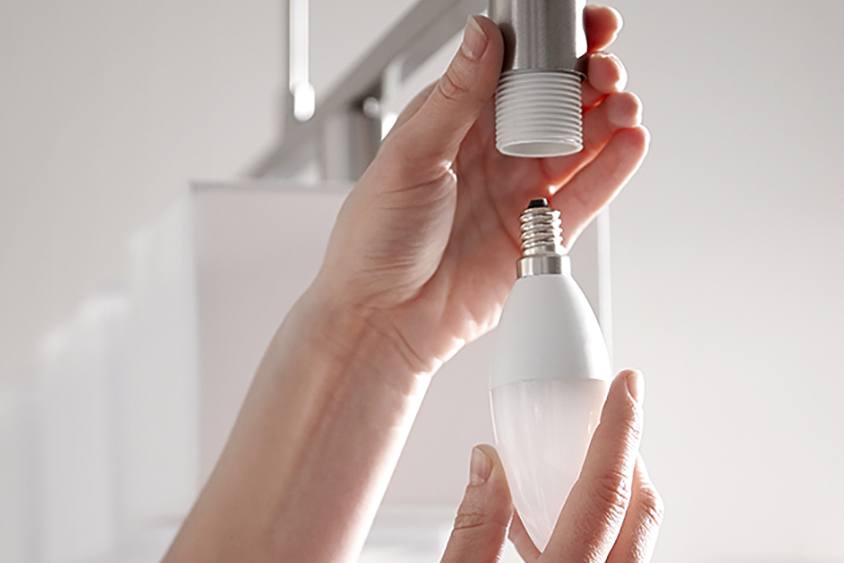
Pioneering trend: Human Centric Lightning (HCL)
Smart applications are constantly evolving and are increasingly focusing on human needs. With the so-called Human Centric Lightning (HCL), the focus is on the knowledge that the right light also influences health, well-being and performance. In contrast to the purely technical function of light, HCL also deals with psychological and biological factors.
This principle is closely interwoven with smart home lighting, as the functions mentioned above can be optimally adapted to highly individual needs.
Presenting the topic in full would be too complex at this point, which is why we limit ourselves to three examples:
Adaptation to day-night rhythm
We humans are used to the natural day-night rhythm. We base our daily routine on this and are usually less tired in the light hours. In the context of HCL, this is simulated or accompanied. Light color and intensity vary depending on the time of day.
Increased ability to concentrate
Adjusting the light temperature can increase alertness and the ability to concentrate. Bright, cool lights help us focus, warmer lights create coziness.
Light as a carrier of emotions
Along with this and in connection with the light colour, smart lighting can also influence our emotions.
Sustainability aspects of smart lighting
Sustainability, energy efficiency and smart home applications are repeatedly mentioned in the same breath. However, many interested parties are not at all aware of how the two are related. The topic can be examined from different directions.
Use of LED bulbs
Smart lighting systems basically work with LEDs, which have many advantages. On the one hand, these bulbs are very durable, so you rarely have to replace and dispose of them. If the bulb is defective, you should not throw it in the residual waste, but hand it in at a collection point (often found in supermarkets) or at the recycling center. In this way, individual components can be recycled and thus reused.
In addition, the use of environmentally harmful materials such as mercury is avoided during production.
In addition, the smart LEDs convince with reduced energy consumption. For comparison: Such a bulb consumes around 6-9 watts per hour. Classic light bulbs consume about 60 watts with the same brightness.
settings of your smart home lighting
The energy-saving effect of your smart lighting system also depends on how you use and network it. There are various setting options where comfort and sustainability overlap.
For example, you could configure the light with a occupancy sensor. That way, it only turns on when someone is in the appropriate room. When exiting, it will turn off automatically.
You can also automatically adjust your smart home lighting to the ambient light. When the sun is shining, the light dims or even goes out. When it gets dark, the illuminant regulates itself accordingly and gets brighter.
Smart lighting systems can therefore be configured in such a way that they only cover specific needs.
Wireless standards and areas of application at a glance
Depending on how you want to use your smart home lighting, the choice of radio standard is crucial. Before you decide on a system, therefore, consider what range you are aiming for, how secure the network should be and how many lights you want to connect.
Currently, a distinction is made between the following common standards:
Bluetooth
Smart home lighting that is switched via Bluetooth is ideal for getting started. The range is small and is often limited to just one room. Remote access is not possible.
Setting it up is easy: no additional hardware in the form of a bridge is required. Depending on the desired use, all you need is a smart lamp that you can operate via an app. If you only want to switch your lights on and off, even a smart socket or an intelligent light switch is sufficient.
WiFi
These systems have better range and can be used throughout the home - anywhere you can connect to WiFi. As a result, however, they are closely linked to the performance and stability of the corresponding network. If the signal is bad in some rooms, your smart home lighting will not work properly either. On the other hand, many applications can also slow down your WLAN network. The range can often be extended with the help of a bridge.
ZigBee
This radio standard makes use of a bridge – i.e. a connection point from which all connected smart applications are radioed. This is ideal if you want a longer range than with WLAN and Bluetooth. In addition, flexible expansion with other components such as motion detectors and switches is possible. You can therefore configure much more complex smart home applications. By connecting several bridges, you can even equip entire office complexes.
Matter and Thread – an outlook
What is Matter?
Matter is a new smart home technology standard that aims to create a more open, interoperable, and secure smart home ecosystem. It was initiated by the major smart home companies, including Google, Amazon, Apple, and the Zigbee Alliance, with the goal of making it easier for devices from different brands to work together seamlessly. Matter is designed for anyone looking to build or enhance a smart home system, as it allows for a more connected and integrated experience between devices. In order to integrate your smart home devices into a Matter-based smart home system, you need to ensure that your devices are Matter-compatible. This means they need to have the Matter logo and be certified by the Matter organization. A Matter gateway is not required for every Matter-compatible device, but having a Matter gateway can provide additional benefits such as increased security and centralized control of your smart home devices. The gateway acts as a hub that allows you to control your devices through a single app or interface, and it also ensures secure communication between devices. If your smart home devices are not Matter-compatible, you may need to replace them with Matter-certified devices, or you can use a third-party adapter or bridge to connect them to the Matter system.
What's the difference between Matter and Thread?
Matter and Thread are both standards for smart home networks, but they serve different purposes and have some key differences. Matter is a new open smart home standard that aims to create a more interoperable and secure smart home ecosystem. It focuses on making it easier for devices from different brands to work together seamlessly, and it provides a standard set of protocols for communication between devices. Thread, on the other hand, is a low-power, secure and scalable mesh networking protocol for the Internet of Things (IoT). It was designed specifically for IoT devices and provides a secure and reliable way for these devices to communicate with each other. Matter builds on top of the Thread networking protocol, so Matter devices are also Thread devices, but not all Thread devices are Matter devices. In other words, Matter provides an additional layer of functionality and interoperability on top of the Thread protocol. In summary, while Thread is focused on providing secure and scalable networking for IoT devices, Matter adds the additional capabilities needed for a full-fledged smart home system, including device discovery, control, and interoperati
Thread and the Internet Protocol
Thread is based on IPv6 (Internet Protocol version 6) which is the latest version of the Internet Protocol. Thread uses IPv6 as the underlying transport protocol to provide end-to-end connectivity and communication between devices in a mesh network. This enables Thread networks to have unique, globally-routable addresses for each device and provides support for low-power, scalable IoT networks. Additionally, the use of IPv6 enables Thread devices to participate in the larger Internet and interact with other IPv6-enabled devices and services. A number of major smart home brands have already adopted Thread for some of their devices. Some of the brands and devices include: Nest: Nest products such as the Nest Hub and Nest Learning Thermostat use Thread as the networking technology for their devices. Amazon: Amazon's Echo and Echo Dot devices have Thread support, allowing them to communicate with other Thread-based smart home devices. Samsung: Samsung's SmartThings platform uses Thread as the networking technology for some of its devices, including smart lights and smart switches. Ikea: Ikea's TRÅDFRI smart lighting products are built on the Thread networking protocol. These are just a few examples of the brands and devices that use Thread. As the adoption of the Thread technology continues to grow, it's likely that more brands and devices will incorporate it into their smart home products.
Wireless smart switches based on Thread technology
There are wireless smart switches based on Thread technology available in the market. For example, some brands that offer Thread-based smart switches include: Ikea: Ikea's TRÅDFRI smart lighting platform includes a range of smart switches that use the Thread networking protocol. Samsung: Samsung's SmartThings platform includes smart switches that use Thread for communication with other smart home devices. Sylvania: Sylvania offers a range of smart switches that use Thread to connect to other smart home devices in a secure and reliable manner. These are just a few examples of the Thread-based smart switches available in the market. As the adoption of the Thread technology continues to grow, it's likely that more brands will introduce Thread-based smart switches in the future.
| wireless standard | suitable for | range | stability | special | application |
|---|---|---|---|---|---|
| Bluetooth | suitable for getting started, rather small applications | low (usually only in one room) | only within a certain range | + Setup without additional hardware | Home use, single lights in a room |
| Wifi | small to medium-sized applications, individual lamps distributed in different rooms | mediocre (depending on WiFi range) | Heavily dependent on the WiFi network | + easy configuration + Setup without additional hardware |
Home use, smart home lighting throughout the apartment |
| ZigBee | small to very large applications | very large (can equip entire building complexes) | very good thanks to the mesh network | + flexibly expandable + supports many major manufacturers |
Home use combining indoor and outdoor use; Operating in large office complex |
| Thread | small to very large applications | very large (can equip entire building complexes) | very good thanks to the mesh network | + Manufacturer-independent + flexibly expandable + no bridge necessary |
Home use combining indoor and outdoor use; Operating in large office complex |
Different lighting systems depending on the application
The large number of providers shows that smart home lighting is trend-setting. Depending on your requirements, these enable you to create completely individual lighting systems of varying complexity.
Among the best known are these:
Philips Hue
Philips Hue is one of the leading smart home lighting systems in home use. It uses WLAN or ZigBee and thus offers you far-reaching possibilities. In addition, the components offered by the provider are attractive in appearance and easy to use.
Casambi
Casambi works via Bluetooth, but still allows you to use it extensively. Since the supplier's lights have their own controller, they form a complex network. The commands are passed on within this and thus extend the range.
EnOcean
EnOcean develops energy self-sufficient switches and sensors. This energy harvesting technology works without cables and batteries and generates energy from movement, light or temperature differences. In addition, the provider offers a sophisticated smart home system that works without a central gateway and app. The system size is not limited.
Basic components for smart home lighting
Once you have decided on a provider that meets your requirements, you can equip yourself with the appropriate parts. Which one you use is very individual. However, there are a few components that you cannot or should not do without:
Smart sockets
It is very easy to set up using intelligent plugs with a socket insert. Simply plug this into an existing socket and connect a normal lamp. After all, you can switch them on and off flexibly without a switch.
Wireless light switch
Smart home light switches follow a similar principle. If you replace your existing switches, you can control them with the corresponding app and even assign individual presets.
Bulbs
In order to not only be able to switch the light on and off, you need the appropriate smart bulbs. If you also want to set up dimming or a color change, you must use the appropriate LED light sources. Here you have a very wide selection and many possibilities. For example, you will find bulbs with standard sockets that you can screw into your existing lamps. LED light strips can be connected to your TV or placed flexibly.
